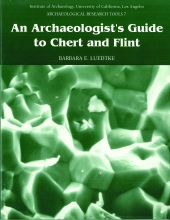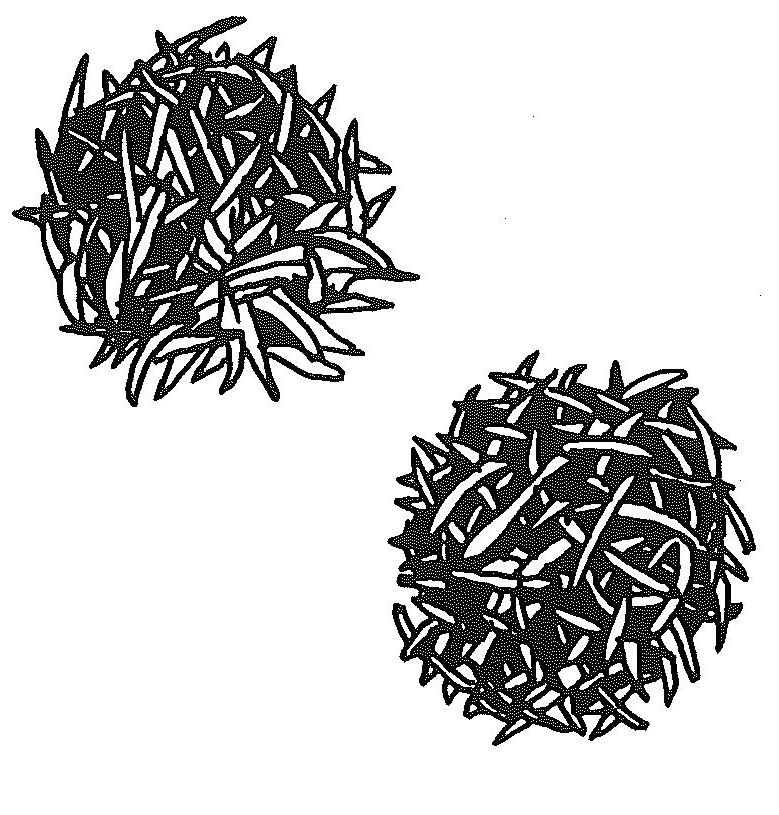An Archaeologist's Guide to Chert and Flint

Backlist
Series: Archaeological Research Tools 7ISBN: 0-917956-75-3
Publication Date: Jul 1992
Price: Free
- Electronic: Kindle eBook
- Open Access: PDF
- Print-on-demand: Order a POD
Return to catalog
Barbara E. Luedtke
For at least 2.5 million years, humans have been using tools, and until just a few thousand years ago their most important tools were of stone. The single most important and widely used stone in nearly every part of the world was chert, also known as flint. It was widely available, easily worked, and capable of being broken  in a controlled manner to create sharp and durable edges. Artifacts of chert excavated in an archaeological context are invaluable to archaeologists; they are often the only surviving source of information about prehistoric cultures. This useful reference synthesizes the available information on chert and its properties, examining its origins, chemical composition, appearance, mechanical attributes and variations in order to better understand the ancient people who used the material to such great advantage.
in a controlled manner to create sharp and durable edges. Artifacts of chert excavated in an archaeological context are invaluable to archaeologists; they are often the only surviving source of information about prehistoric cultures. This useful reference synthesizes the available information on chert and its properties, examining its origins, chemical composition, appearance, mechanical attributes and variations in order to better understand the ancient people who used the material to such great advantage.


